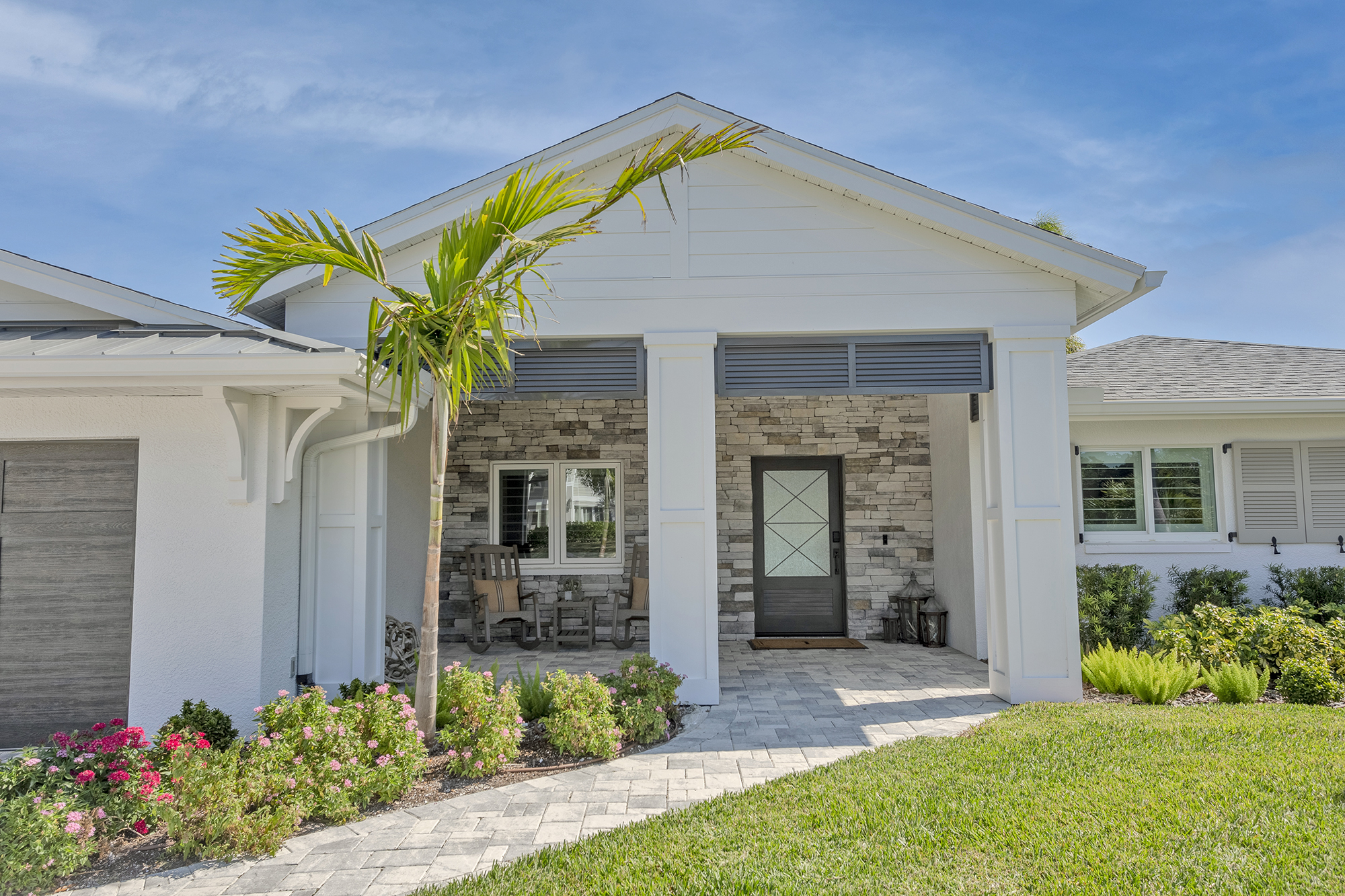With rising construction costs and material shortages, many homeowners worry that a custom home is beyond their reach. However, experienced custom home builders in St. Petersburg are proving that budget-friendly and beautiful can go hand in hand. Through strategic design, smart space planning, and efficient use of materials, it’s possible to cut unnecessary expenses without sacrificing quality or style. In this blog, we’ll explore top money-saving ideas directly from a seasoned St. Petersburg custom home builder. If you’re starting from scratch or making an overhaul, these tips will help you build better without sacrificing your goal.
Cost-Effective Ideas from St. Petersburg Custom Home Builders
Simplify the Home’s Footprint
A well-designed, simplified footprint is one of the most effective ways to control construction costs. Rectangular or square layouts tend to minimize complexity in foundations and rooflines, reducing both material needs and labor hours. Intricate bump-outs, angles, or overly complex architectural features can quickly drive up structural and framing costs.
Opting for a vertical layout, such as a two-story home, also offers savings by reducing the footprint on the land, requiring less slab or foundation work while optimizing square footage.
Prioritize Open Concept Designs
Open-concept designs reduce the need for interior walls, additional framing, and associated materials, such as drywall, insulation, and electrical runs. By combining the kitchen, dining, and living areas into a unified space, a home can feel larger and more functional without increasing square footage.
This layout also allows for more natural light flow, which can lower long-term utility bills and enhance overall livability. It’s a design-forward, cost-conscious approach that also aligns with modern homeowner preferences.
Choose Cost-Efficient, Locally Sourced Materials
Material costs are not just about base prices; they include shipping, storage, delays, and waste from misordering. By sourcing materials locally or regionally, builders can reduce both financial and environmental costs. In Florida, this could mean using regionally milled cabinetry, native stone for hardscaping, or coastal-grade composite siding manufactured within the state.
Moreover, working with local suppliers often results in quicker lead times and more responsive service, which is crucial in today’s volatile supply chain environment. Local products are also more likely to be suited to regional weather conditions.
Incorporate Modular or Pre-Fabricated Components
Integrating prefabricated building components, such as roof trusses, wall panels, and staircase assemblies, can streamline the build process, reduce labor hours, and minimize waste. These elements are manufactured in controlled environments to ensure consistency, quality, and fast on-site installation.
Prefabrication doesn’t limit design flexibility but can help keep the build on schedule and within budget, especially during labor shortages or inclement weather delays common to coastal Florida.
Invest in Long-Term Energy Efficiency
Another pivotal factor mentioned by the expert custom home builders in St. Petersburg is that strategic investments in energy-efficient systems and building practices can deliver significant long-term savings. Prioritizing features such as spray foam insulation, low-E impact-rated windows, and high-efficiency HVAC systems enhances indoor comfort while lowering monthly energy costs.
A well-sealed building envelope, properly ventilated attic space, and ductwork designed for optimal airflow all contribute to reduced utility bills and long-term operational efficiency, key considerations for homeowners building in Florida’s warm, humid climate.
Design for Future Expansion Rather Than Immediate Excess
One of the most forward-thinking strategies is to design with expansion in mind. For homeowners not ready to build everything upfront, the home can include rough-in utilities, unfinished bonus rooms, or structural provisions for future additions.
For example, a second-floor flex space can be framed but left unfinished until needed, or a garage can be designed to accommodate a future in-law suite.
Simplify Finishes in Wet Areas
Bathrooms and kitchens are the most expensive areas per square foot due to the number of finishes, fixtures, and specialized trades involved. While customization is tempting, using a streamlined layout with standardized dimensions for cabinetry and fixtures can significantly cut costs.
For instance, choosing pre-manufactured vanities, solid-surface countertops, and basic plumbing layouts reduces installation complexity. Upgrading hardware or tile in small areas, such as a backsplash or vanity wall, can provide a high visual impact without requiring fully custom work.
Use Builder-Grade Materials Strategically
When selecting doors, fixtures, flooring, or windows, go for builder-grade products. They offer quality and durability at a more affordable price point. The key lies in knowing when and where to upgrade. For example, builder-grade interior doors may perform just as well as custom ones, allowing you to invest more in front-facing elements, such as lighting, tilework, or cabinetry finishes. This balanced approach helps maintain visual interest without compromising the budget.
Utilize the Design-Build Approach
A design-build approach integrates both the design and construction phases under one roof. Instead of hiring an architect and then seeking a contractor, you work with a single team responsible for translating your vision into a buildable plan and executing it.
This unified method leads to fewer revisions, clearer cost forecasting, and better collaboration. Design choices are made with buildability and budget in mind, reducing scope creep and eliminating costly miscommunications between separate parties.
Evaluate Lot Characteristics Before Purchasing
Site preparation can significantly impact the total project cost. It’s crucial to evaluate several key features, including grading requirements, utility access, flood zone status, and tree removal needs, before making a purchase. Choosing a lot with minimal elevation change, stable soil, and existing access to municipal services can significantly reduce prep work and avoid costly surprises.
In coastal markets like St. Petersburg, being mindful of floodplain regulations and elevation codes can help prevent the need for elevated foundations or storm mitigation systems, which can add thousands to the bottom line.
Conclusion
By utilizing long-term energy planning, maximizing material efficiency, and making informed design decisions, it is entirely possible to build a new house on a budget. At Dream Coast Builders, we specialize in bringing custom home visions to life with expert planning and cost-conscious execution. If you’re seeking a trusted custom home builder in St.Pete Beach, St. Petersburg, or other nearby locations, let us help you build smart, build beautifully, and stay on budget.

